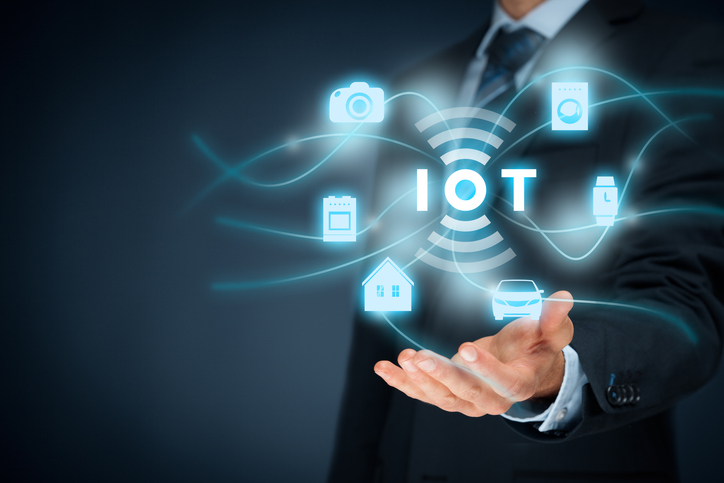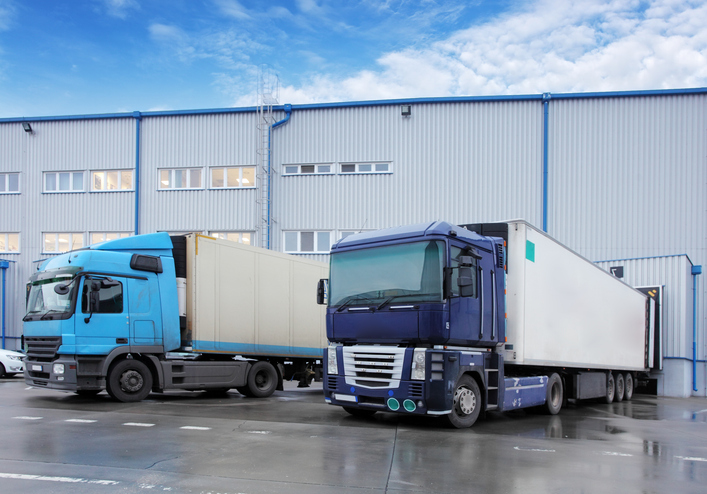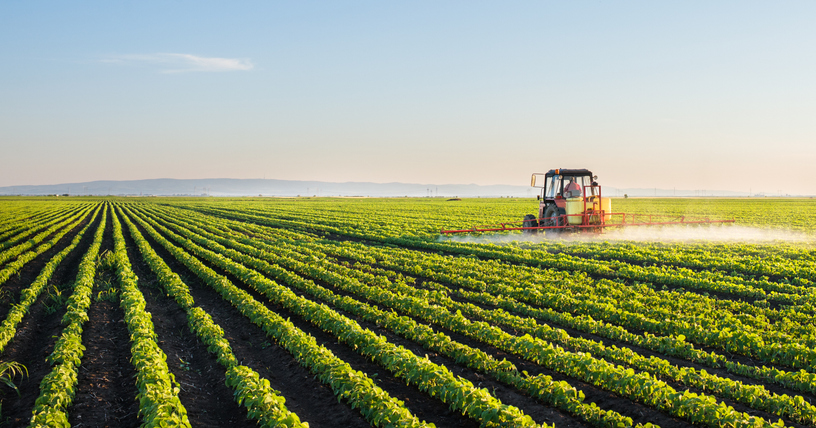
Credit: iStock.com/TomasSereda
5.20.25
The Internet of Things (IoT) and data analytics are among the most transformative technologies reshaping industries, business models and everyday life. Their convergence with Artificial Intelligence (AI), 5G networks, Edge Computing, and Big Data is creating unprecedented opportunities—while simultaneously introducing new challenges in cybersecurity and privacy. Here’s a comprehensive look at the most impactful trends defining these industries in 2025.
Even more information on this industry is available! Check out our Internet of Things Industry Center.
Plunkett’s Internet of Things (IoT) & Data Analytics Industry eBook, latest edition.
1. Exponential Growth of Connected Devices
By 2025, the world is projected to have approximately 33 billion networked devices, about six times the number of global internet users. These devices—ranging from industrial sensors to consumer wearables—form a vast “network of networks,” enabling real-time data exchange across sectors such as healthcare, energy, logistics, transportation, and smart homes.
The expansion is driven by decreasing sensor costs, robust wireless infrastructure, and the accelerating adoption of Machine-to-Machine (M2M) communications. This growth paves the way for more sophisticated data analytics applications, as organizations harness the power of connected ecosystems to enhance efficiency and deliver new services.
2. AI-Driven Data Analytics Supercharges IoT
The synergy between AI, Machine Learning (ML), and IoT is revolutionizing how data is captured, processed, and applied. AI enables advanced predictive analytics, anomaly detection, and autonomous decision-making.
In manufacturing, AI-powered IoT platforms monitor machinery in real-time, predict failures, and optimize production schedules. In healthcare, wearable IoT devices collect patient data, which AI analyzes to predict health risks and suggest personalized interventions.
AI also enhances Intelligent Transportation Systems (ITS), supporting autonomous vehicles with real-time navigation, traffic management, and predictive maintenance.
3. Edge Computing: Bringing Processing Power Closer
While cloud computing remains central for large-scale data storage and analysis, the rise of Edge Computing addresses the latency, bandwidth, and privacy challenges of IoT. By processing data near its source—on devices or local edge servers—organizations can enable real-time decision-making critical for applications like autonomous vehicles, industrial automation, and smart grid management.
The combination of Edge Computing with AI (AI at the Edge) is driving faster, localized analytics, reducing dependence on centralized cloud infrastructure, and enhancing overall system resilience.
4. Smart Cities: Connected Infrastructure and Public Services
Urban centers globally are embracing IoT to become Smart Cities, leveraging sensors, AI, and data analytics to optimize infrastructure and services. Examples include Copenhagen’s “Green Wave” bike lane sensors, Barcelona’s smart waste management systems, and Singapore’s comprehensive Smart Nation initiative.
Smart city technologies aim to reduce energy consumption, improve mobility, enhance public safety, and address environmental concerns. However, these advancements raise significant cybersecurity and privacy challenges, necessitating robust safeguards and regulatory frameworks.
5. 5G Networks as the IoT Enabler
The global rollout of 5G networks is a game-changer for IoT. Offering ultra-low latency, high-speed connectivity, and massive device capacity, 5G is essential for real-time IoT applications. From autonomous driving to smart factories and telemedicine, 5G unlocks the full potential of IoT ecosystems.
Massive investments are underway, with telecom giants and governments funding 5G infrastructure to support advanced IoT deployments.
6. Cybersecurity: The Dark Side of IoT Growth
The proliferation of IoT devices introduces vast cybersecurity risks. IoT endpoints are notoriously vulnerable, often serving as entry points for cyberattacks. High-profile incidents have exposed vulnerabilities in smart home devices, industrial control systems, and healthcare equipment.
As a result, cybersecurity for IoT is a rapidly growing industry, with companies developing next-generation solutions to secure device identities, data transmission, and network integrity.
7. Data Analytics, Big Data, and Cloud Computing Integration
The avalanche of data generated by IoT devices is driving demand for Big Data analytics and cloud computing solutions. Scalable cloud platforms like Amazon AWS, Microsoft Azure, and Google Cloud provide the computational power and storage capacity to process and analyze vast datasets.
Predictive analytics powered by AI helps businesses derive actionable insights, forecast trends, and make data-driven decisions. This is particularly transformative in sectors like retail (personalized customer experiences), agriculture (precision farming), and energy (smart grid optimization).
8. Industrial IoT (IIoT): Revolutionizing Manufacturing and Supply Chains
Industrial IoT is transforming manufacturing operations by enabling real-time monitoring, predictive maintenance, and automated quality control. Companies like Caterpillar and Siemens are embedding IoT sensors in machinery to track performance, reduce downtime, and optimize supply chains.
The combination of IoT with robotics, AI, and digital twins is ushering in the era of Industry 4.0, characterized by smart factories and hyper-efficient production processes.
9. Consumer IoT: Smart Homes and Wearables on the Rise
On the consumer front, smart home devices (like Amazon Echo, Google Nest, and Apple HomeKit) are becoming mainstream, offering convenience, energy savings, and enhanced security. The adoption of interoperability standards like Matter is further accelerating the growth of connected home ecosystems.
Wearable technologies, from fitness trackers to smartwatches, continue to evolve, with improved health monitoring capabilities and integration with AI-powered wellness platforms.
10. Sustainability and Environmental Monitoring
IoT and data analytics play a crucial role in addressing global sustainability challenges. From precision agriculture reducing water and fertilizer use to smart grids optimizing energy consumption, IoT applications support environmental conservation efforts.
Advanced sensor networks monitor air and water quality, manage waste, and ensure efficient resource utilization, contributing to the development of green cities and industries.
The IoT and Data Analytics industries are at the epicenter of digital transformation, enabling smarter, safer, and more efficient systems across all sectors. As AI, Edge Computing, and 5G converge with IoT, the possibilities for innovation are limitless. However, the success of this interconnected future hinges on robust cybersecurity, ethical data usage, and strategic infrastructure investments.
The next decade will witness an accelerated integration of IoT into every facet of life—reshaping industries, redefining business models, and revolutionizing daily experiences.
Key Concepts: Internet, IoT, machine-to-machine, M2M, analytics, robotics, big data, networks, artificial intelligence, AI, communications, connectivity, automation, 5G
Source: Plunkett Research, Ltd., Copyright © 2025





